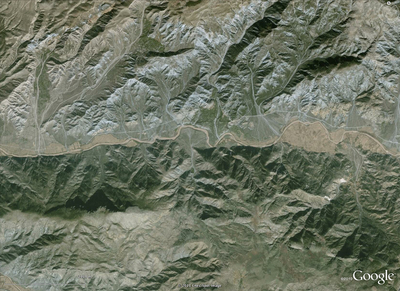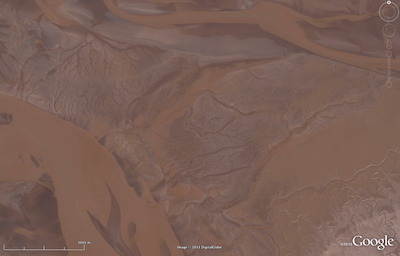Where on Google Earth #249
/Elisabeth Kosters, who correctly identified the Bay of Fundy in WoGE #248, asked me to host her challenge for the next instalment. So here we are again. Welcome to WoGE #249.
Where on Google Earth is the best use of a high-speed internet connection since e-journals. If you are new to the game, it is easy to play. The winner is the first person to examine the picture below, find the location (name, link, or lat-long), and give a brief explanation of its geological interest. Please post your answer in the comments below. And thanks to the Schott Rule, which Elisabeth is invoking, newbies have a slight edge: previous winners must wait one hour for each previous win before playing.
So: where and what on Google earth is this?












 Except where noted, this content is licensed
Except where noted, this content is licensed